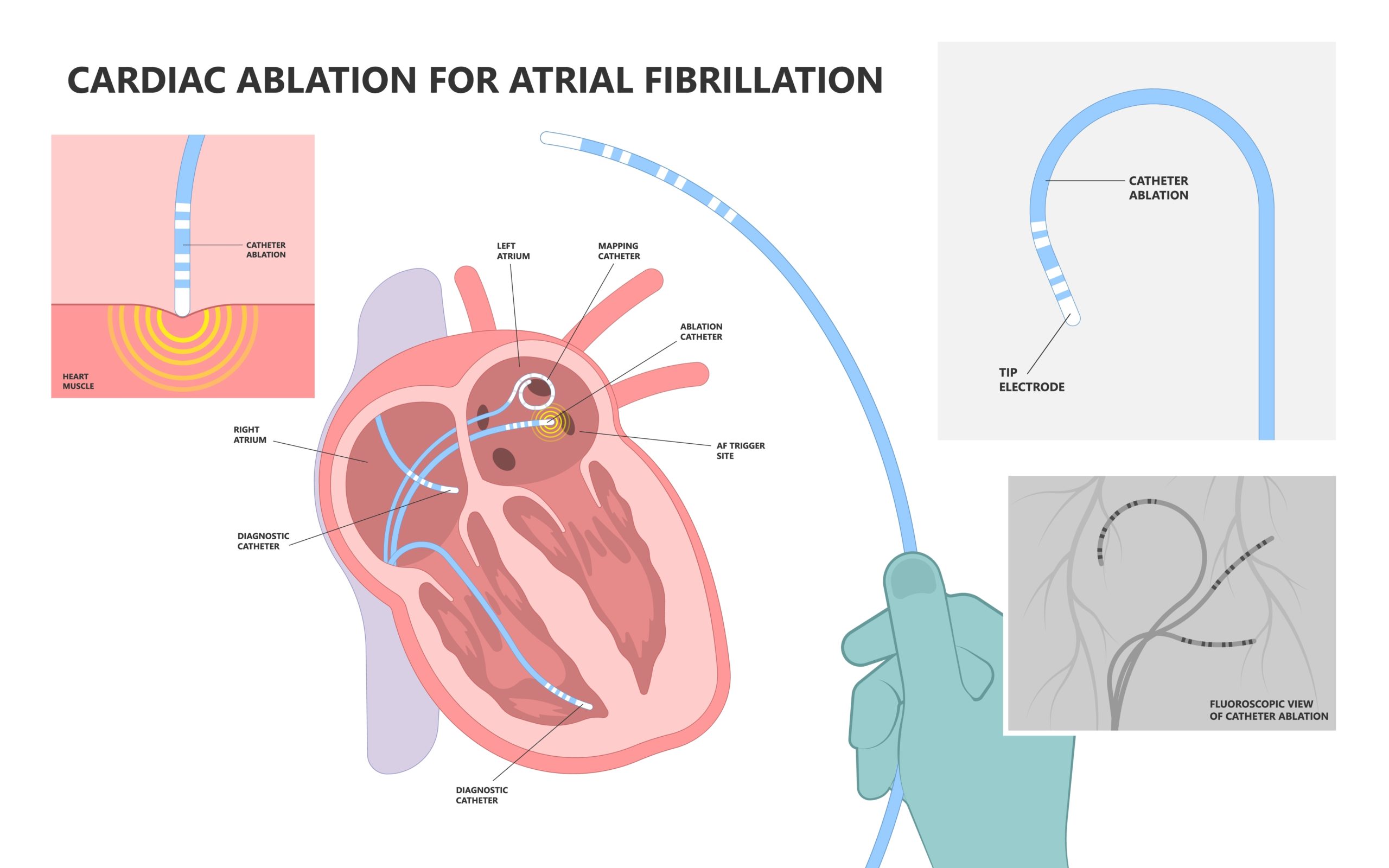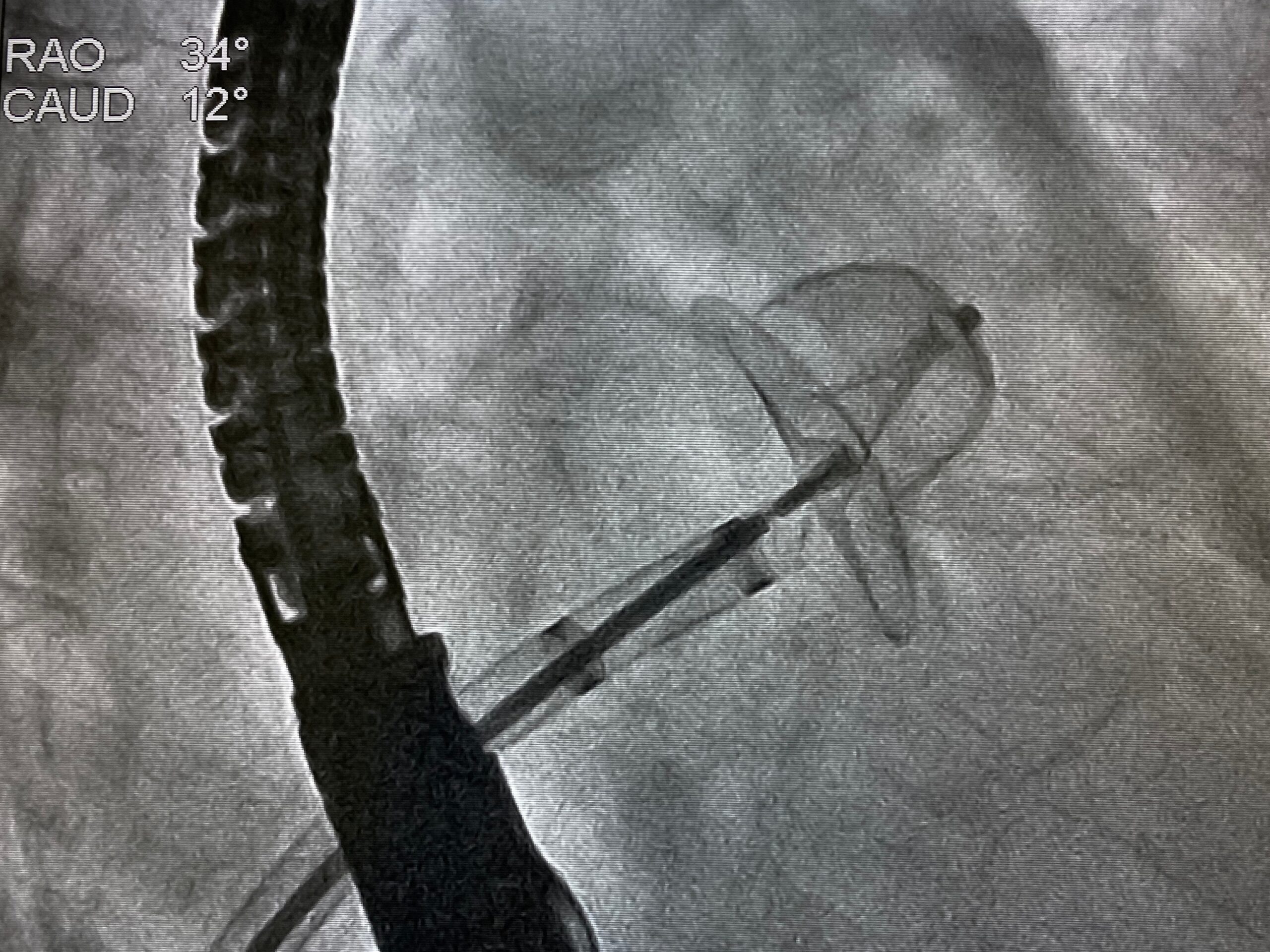
Steerable sheaths (SS) were designed to improve catheter placement and stability and maintain proper tissue contact in ablation for atrial fibrillation (AF). Researchers compared the safety and efficacy of SS and non-steerable sheaths (NSS) and reported that SS not only reduced total procedure time but also significantly improved the ablation success rate without compromising safety.
The meta-analysis, published in the Journal of Arrhythmia, enrolled a total of 10 studies encompassing 967 patients (mean age 59.2 ± 11.1 years), of which 516 were managed with SS and 454 with NSS. The primary outcome was the incidence of procedure-related complications and procedural differences.
Steerable Sheaths Advantaged Versus Non-Steerable
According to the authors, patients in the SS group had a higher rate of freedom from atrial arrhythmia compared to those in the NSS group (risk ratio [RR], 1.19; 95% CI, 1.09-1.29; P<.001). Both techniques exhibited similar rates of procedure-related complications (RR, 1.09; 95% CI, 0.50-2.39; P=.83).
Notably, the SS procedure had shorter procedure time (mean difference [MD], -10.6 min; 95% CI, -20.97 to -0.20; P=.05)—although fluoroscopic and radiofrequency application times were similar to NSS.
Overall, the authors suggested that SS in ablation for AF improved procedure success and reduced risk of recurrence, “however, this should be weighed against the possibility of an increase in periprocedural complications and procedure costs,” they added.
Browse Related Research on the Atrial Fibrillation Knowledge Hub







 © 2025 Mashup Media, LLC, a Formedics Property. All Rights Reserved.
© 2025 Mashup Media, LLC, a Formedics Property. All Rights Reserved.